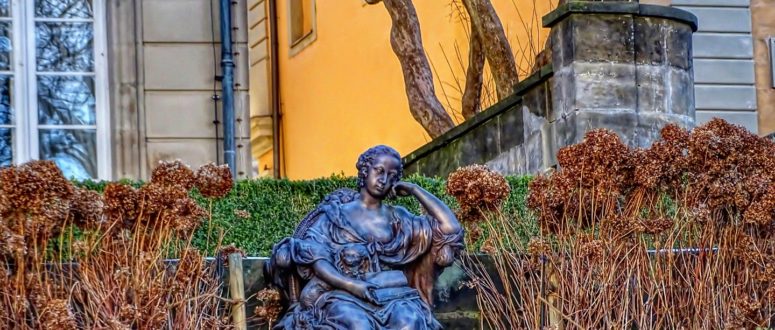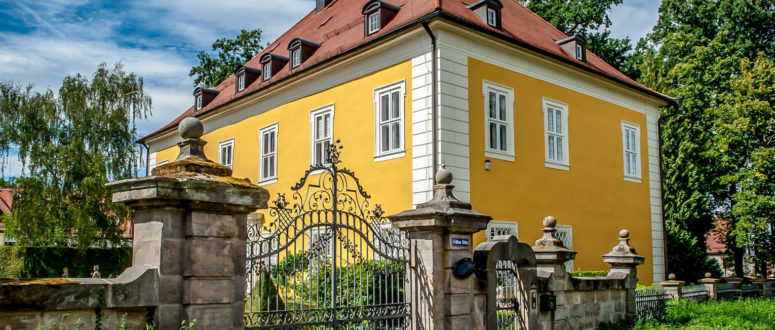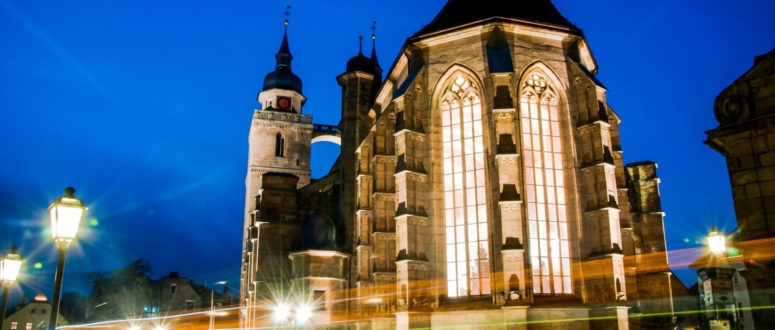Margravine Wilhelmine greatly influenced Bayreuth. Without her achievements, Bayreuth would not be the cultural and musical metropolis it is today.
Table of contents
The explanatory film about Margravine Wilhelmine
In this informative animated film about Margravine Wilhelmine, you will learn about her early years in Berlin and Potsdam, about her first impressions of the small town of Bayreuth, to which she became married, and about her creative work.
You are currently viewing a placeholder content from YouTube. To access the actual content, click the button below. Please note that doing so will share data with third-party providers.
More InformationThe life of Margravine Wilhelmine
In her younger years
Princess – and later Margravine – Friederike Sophie Wilhelmine was born on 3 July 1709, as the daughter of the soldier king Frederick William I of Prussia and his wife Sophie Dorothea of the House of Hanover.
The young princess grew up in an ambitioned household. Her mother was pursuing a plan to make her the next queen of England. To achieve this goal, Wilhelmine received a very comprehensive education. In addition to German, she learned French, English, Italian, Latin and Greek, and she could read the Bible in Hebrew. Furthermore, she received lessons in music and art. She learned to play several instruments and thus discovered her great love of music and of composing music.
Although she was perfectly prepared for the duties of a queen, their plan fell through after two decades. The English court did not agree to the marriage, and the disappointment of mother and daughter was accordingly great.
As shocking as the news was, however, Wilhelmine’s father had already made a new plan. His eldest daughter was to take the hereditary prince of Bayreuth, Friedrich, as her husband in order to tie the Franconian margraviate more closely to their shared roots once more.
The princess had mixed feelings about this decision: on the one hand, she considered herself very lucky, as she and her husband were bound by a close relationship. At the same time, she perceived her arrival in the provincial city as a social degradation and was in shock on her first encounter with the simple life of the Margraviate.
Margravine Wilhelmine in the backwoods
Right from the start, the Prussian princess missed the influence of French culture. The aristocrat spent her days at court with literature and music. She also attached particular importance to perfect manners, elegant dress and a strict separation from people below her rank. She surrounded herself with a small courtly circle in whose society one was only allowed to speak to her in French.
Margravine Wilhelmine grappled with her fate for a long time, as she had envisioned her life as a queen and not as the margravine of a small provincial town. In the end, however, she decided to shape Bayreuth, her new centre of life, for herself. Within two decades, she practically recreated Bayreuth and transformed it according to her own wishes.
Wilhelmine as a princess obsessed with building
A town in transition
For her 24th birthday, her husband gifted her the now world-famous Hermitage. The margravine immediately began planning the redesign and redevelopment of the park. Over the next few years, the landscape park was transformed into a true gem. The Old Palace within the grounds was redesigned and extended, and a New Palace with a Sun Temple was also built, as well as a ruined theatre in the park.
As a further country residence, Margravine Wilhelmine commissioned the building of the rock garden Sanspareil (French: sans pareil = without equal) near the municipality of Wonsees. The construction of the park saw the creation of her own rock theatre.
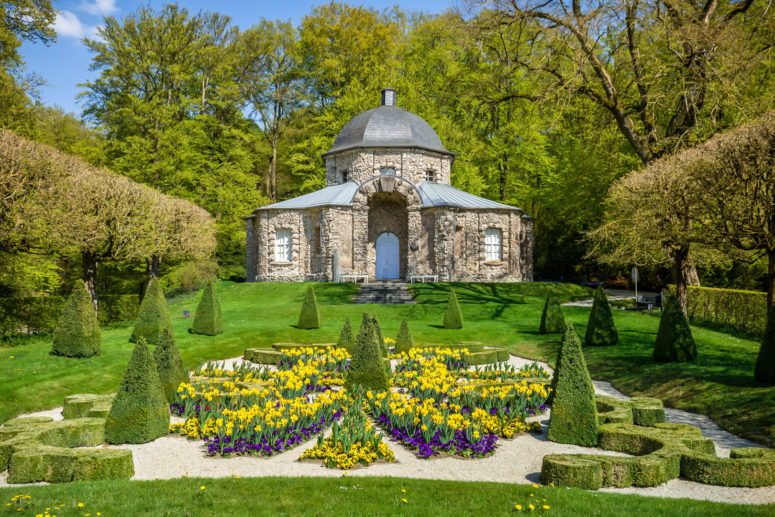
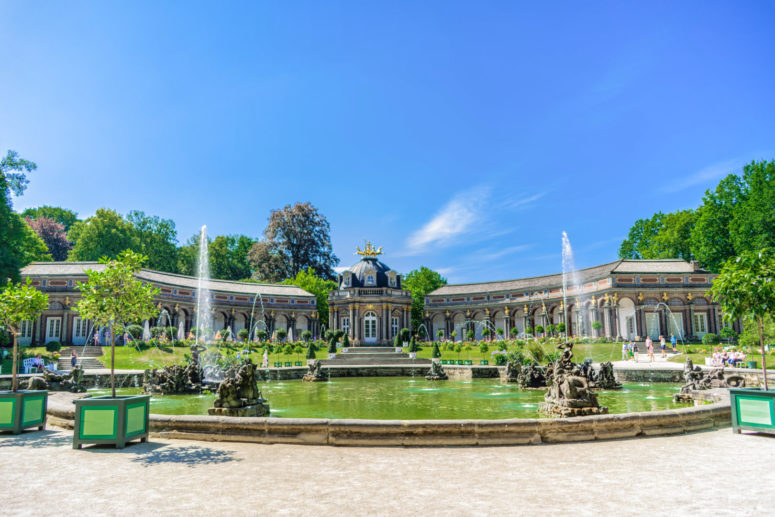
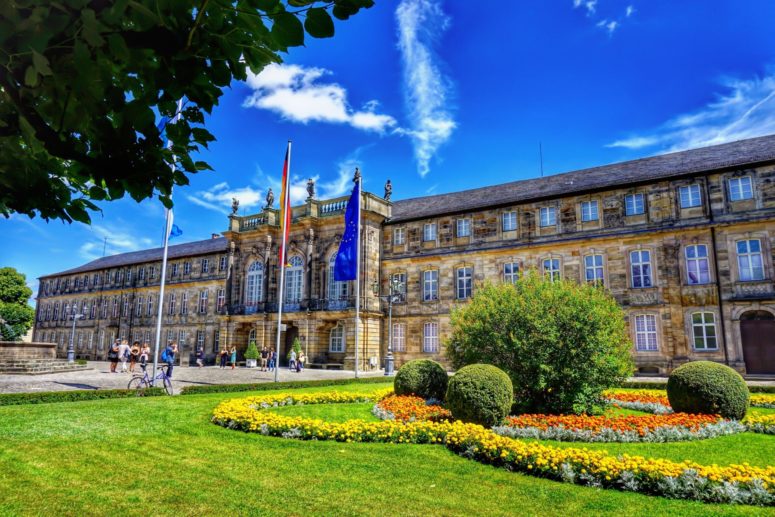
Wilhelmine had developed a taste for designing and seized the opportunity to design a new city residence when the old building was almost completely destroyed as a result of a fire. In a letter to her brother Frederick the Great, she wrote:
“I have indulged in the pleasure of designing the plan of my palace myself.”
Margravine Wilhelmine
She was particularly drawn to the small details that became the hallmark of the Bayreuth Rococo. The most impressive building that the Margravine worked on was the Margravial Opera House. The magnificent building was opened on the occasion of the wedding of her only daughter, Elisabeth Friederike Sophie. Considered one of the best-preserved Baroque opera houses, it has been a UNESCO World Cultural Heritage Site since 2012.
On account of her love of music, her husband entrusted her with the directorship of the court music in Bayreuth. Margravine Wilhelmine was very passionate about the cultural life of Bayreuth’s court and in time established Italian opera there. Over the years, she succeeded in elevating Bayreuth‘s court culturally and intellectually to the same level as the great courts in Berlin or Vienna.
The Margravine died in 1758 at the age of 49. After her death, her buildings in her residential seat fell into a state of slumber.
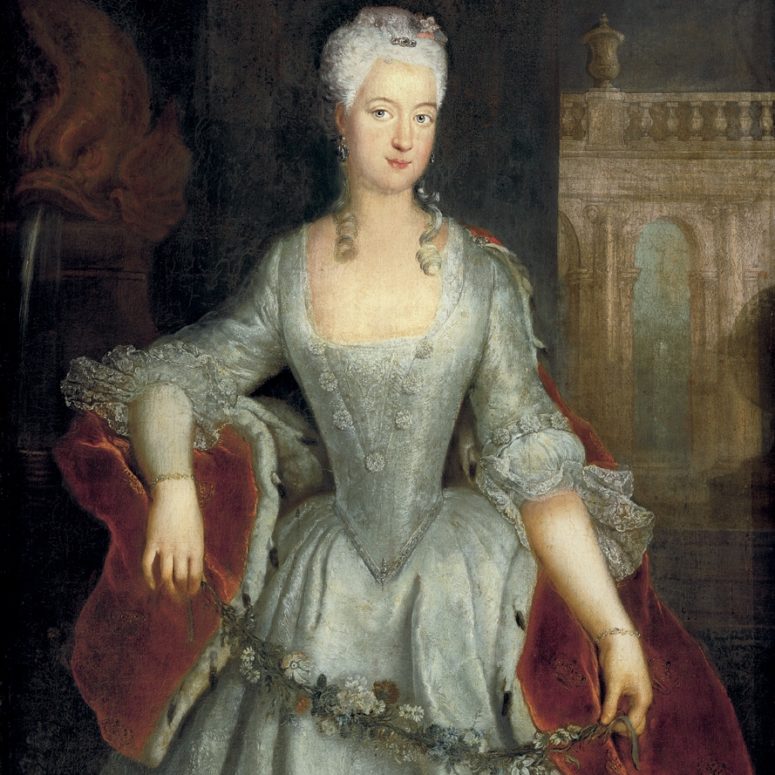
Richard Wagner and Wilhelmine
Many years later, the composer Richard Wagner was looking for a suitable place to perform his operas and became aware of the disused opera house. When he visited the city with his wife Cosima in 1871, they both found the opera house too imposing for his works. Nevertheless, they liked the city so much that Wagner decided to build the Festspielhaus, his famous festival theatre, on the “Grüner Hügel”. Without Margravine Wilhelmine’s efforts to turn Bayreuth into a cultural hotspot, the Festival would perhaps be held elsewhere today.
Traces of the Margravine today
You can still find traces of the Margravine in modern Bayreuth. These days, the Hermitage is a popular place to escape the hustle and bustle of the city and take a leisurely evening stroll or visit the Old Palace with its magnificent rooms. During the warm months, the park astonishes with its colourful and varied flowerbeds and water displays at the Upper Pond and in the Lower Grotto. But in autumn, too, the park is a sight to behold: the adjacent deciduous forest is transformed into a colourful sea of leaves.
A particularly popular attraction for visitors is a tour of the Margravial Opera House. On various guided tours, you can learn a lot of interesting information about the construction and special features that the margravine had integrated into the building.
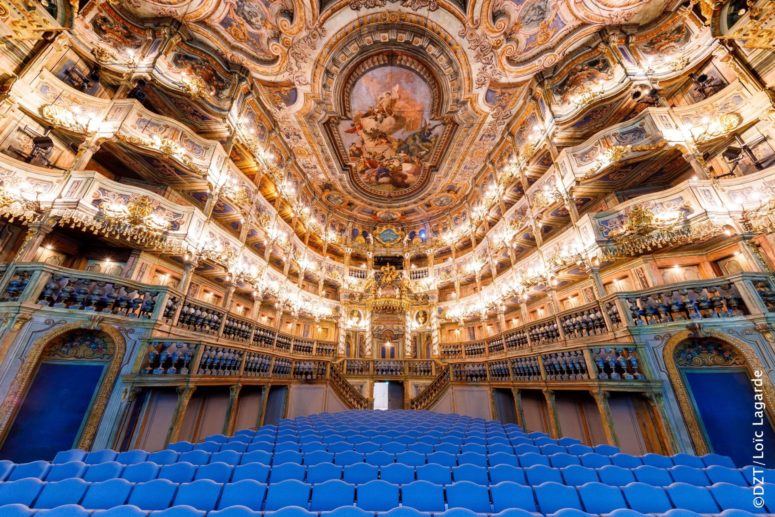
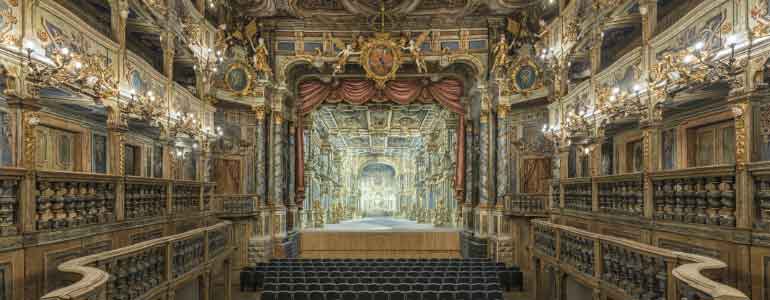
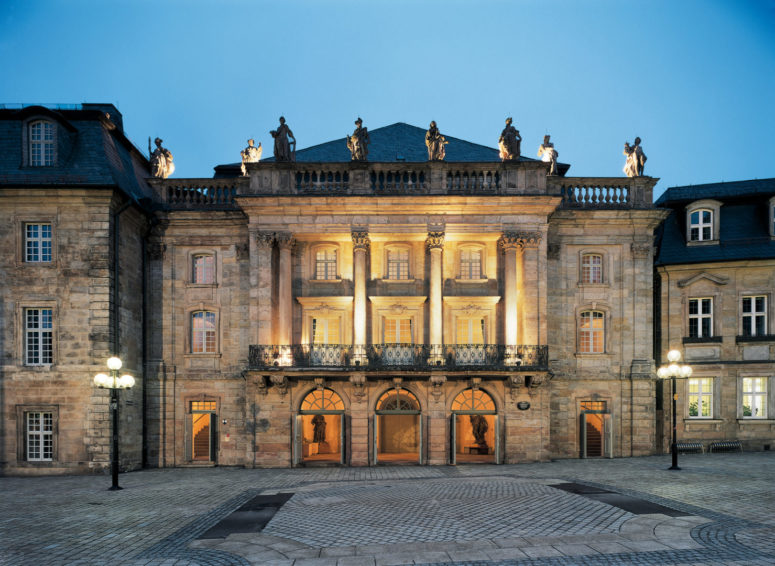
The margravine also left her mark on the area surrounding Bayreuth. The rock garden in Sanspareil can be reached within 30 minutes by car and some information boards there inform you about its history.
On the ground floor of the New Palace, a museum has been created dedicated to the margravine. Various gallery rooms, temporary exhibitions and a small museum shop are waiting to be discovered. In addition, various events revolving around the theme of the margraves in Bayreuth are held there. Themed tours with the Margravine herself enable you to take a cultural journey back in time through Bayreuth.



